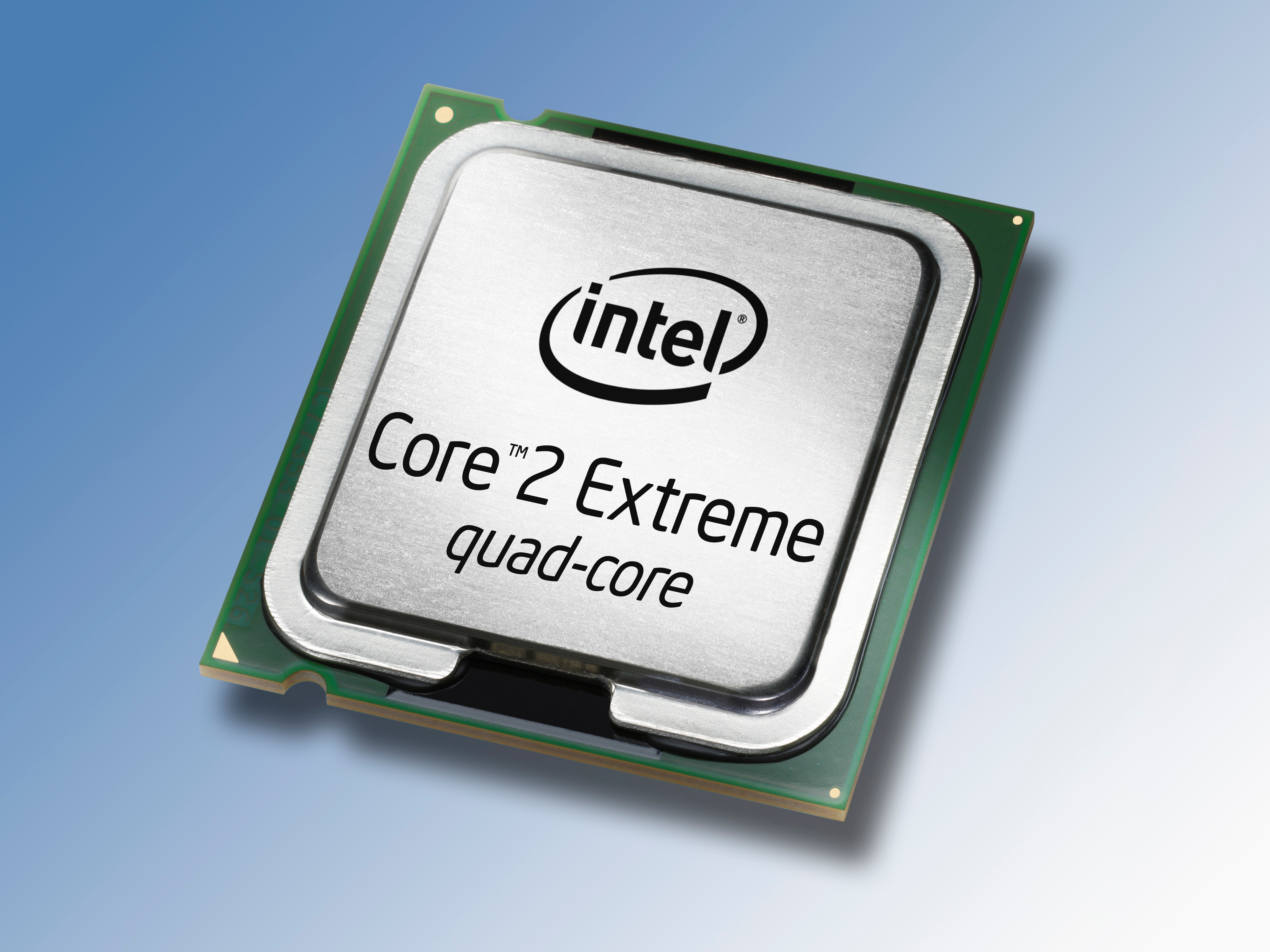Intel debuts ultra-efficient next-gen CPUs
Moore's Law marches on with power-efficient Penryn processor

Intel has announced its new 45nm family of Core 2 PC processors. The new chips are based on Intel's existing Core 2 architecture yet Tech.co.uk's tests reveal a radical boost in power efficiency as well as improved performance.
Previously codenamed Penryn and launched today as the Core 2 9000 series, Intel had already divulged most of what makes the new architecture tick. We already knew all about the fancy new and refined 45nm manufacturing process plus the long list of architectural tweaks billed as the biggest change to processor manufacturing for 40 years.
Read: Intel Core 2 Extreme QX9650 review
The most significant addition is the introduction of SSE4 to the tune of 47 new instructions. Speeding up the usual multimedia malarkey is the idea here. A range of further detail upgrades include the addition of a Radix 16 divider, an upgraded Super Shuffle engine and improved virtualisation.
New chips = more memory
As ever with a new Intel chip, there's also a large chunk of extra cache memory. Quad-core Penryns will pack a faintly ludicrous maximum of 12MB. However, what we didn't know was exactly how fast Penryn would clock at launch and just how much performance it would pack. Now we do and the results are stunning. But not quite in the way you might think.
For the full nitty gritty, hop on over to our full review of the first Penryn chip to launch, the Core 2 Extreme QX9650 quad-core CPU. In the meantime, here's a potted summary.
In pure performance terms, the QX9650 is not revolutionary. Intel has opted to peg the chip at the same 3GHz core clockspeed and 1,333MHz bus frequency as existing 65nm Core 2 processors.
Sign up for breaking news, reviews, opinion, top tech deals, and more.
However, those architectural upgrades do add around five to 10 per cent more performance in most applications. That's reasonable given that the Penryn design is largely a die-shrink of the existing Conroe-vintage Core 2 architecture.
Power parsimony
However, what we weren't expecting was the stunning improvement in power consumption. Compared to its identically-clocked 65nm predecessor, the QX9650 consumes fully 60 Watts less. We reckon that represents an outright doubling in raw power efficiency.
Factor in the extra performance, and you have in excess of twice the performance per Watt of the original Core 2 chips, themselves no slouches.
If you're wondering how Intel has done it, look no further than the 45nm manufacuring process. Specifically, the improvements are thanks to a pair of revolutionary new materials technologies, a High-K insulator and the complimentary metal gate material. Again, point your peepers at our full review for more details.
A range of dual and quad-core Penryn-based chips will appear before the end of the year. As for pricing, Intel has yet to release UK numbers. However, the scuttlebutt suggests dual-core models will be available for under £100.
Low end quads, meanwhile, should crack the £200 barrier and perhaps flirt with £150. In price/performance terms, that will take some beating.
Technology and cars. Increasingly the twain shall meet. Which is handy, because Jeremy (Twitter) is addicted to both. Long-time tech journalist, former editor of iCar magazine and incumbent car guru for T3 magazine, Jeremy reckons in-car technology is about to go thermonuclear. No, not exploding cars. That would be silly. And dangerous. But rather an explosive period of unprecedented innovation. Enjoy the ride.